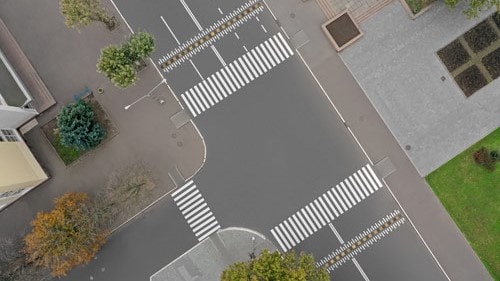At a glance
This module helps users assess the plans, policies, and resources used to design the physical roadway network in a community. This might include regulations or zoning codes, street connectivity, and plans for existing and future streets constructed by the community and through future development.

